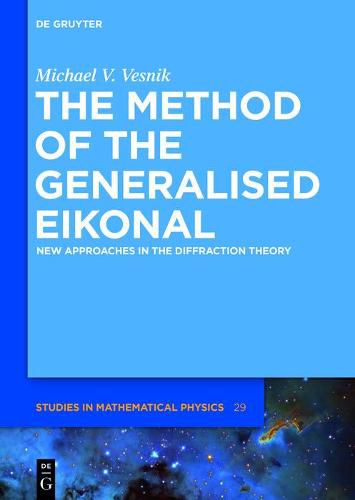Readings Newsletter
Become a Readings Member to make your shopping experience even easier.
Sign in or sign up for free!
You’re not far away from qualifying for FREE standard shipping within Australia
You’ve qualified for FREE standard shipping within Australia
The cart is loading…






Diffraction theory describes scattering mechanisms for waves of various physical nature, scattered by objects of different shapes and materials. This book proposes new methods to account for the contour shape, edge profile and boundary conditions of three-dimensional scatterers (in particularly, flat polygons and polyhedrals).
A standard method to refine the physical optics approximation (PO) is the heuristic method of edge waves (MEW). In comparison with MEW, the presented approaches simplify the solving and refining the PO approximation without solving a corresponding two-dimensional problem. Furthermore these methods allow to take into account the field perturbation in the vicinity of vertices. While the analytical formulas obtained by using these new approaches are as simple as in the PO case, the accuracy can be even higher than for MEW.
On the basis of the developed methods construction of solutions for wave propagation in urban area and elastic wave diffraction (including seismic waves) are proposed.
The book is useful for specialists who solve scientific and engineering problems in wave propagation and for students and postgraduate students.
$9.00 standard shipping within Australia
FREE standard shipping within Australia for orders over $100.00
Express & International shipping calculated at checkout
Diffraction theory describes scattering mechanisms for waves of various physical nature, scattered by objects of different shapes and materials. This book proposes new methods to account for the contour shape, edge profile and boundary conditions of three-dimensional scatterers (in particularly, flat polygons and polyhedrals).
A standard method to refine the physical optics approximation (PO) is the heuristic method of edge waves (MEW). In comparison with MEW, the presented approaches simplify the solving and refining the PO approximation without solving a corresponding two-dimensional problem. Furthermore these methods allow to take into account the field perturbation in the vicinity of vertices. While the analytical formulas obtained by using these new approaches are as simple as in the PO case, the accuracy can be even higher than for MEW.
On the basis of the developed methods construction of solutions for wave propagation in urban area and elastic wave diffraction (including seismic waves) are proposed.
The book is useful for specialists who solve scientific and engineering problems in wave propagation and for students and postgraduate students.